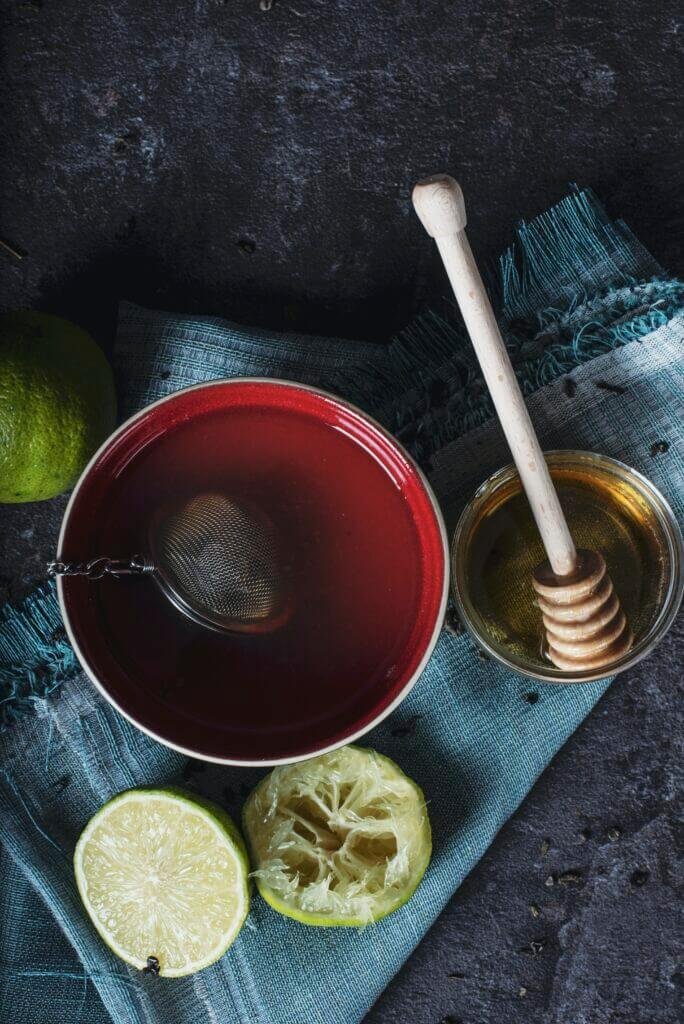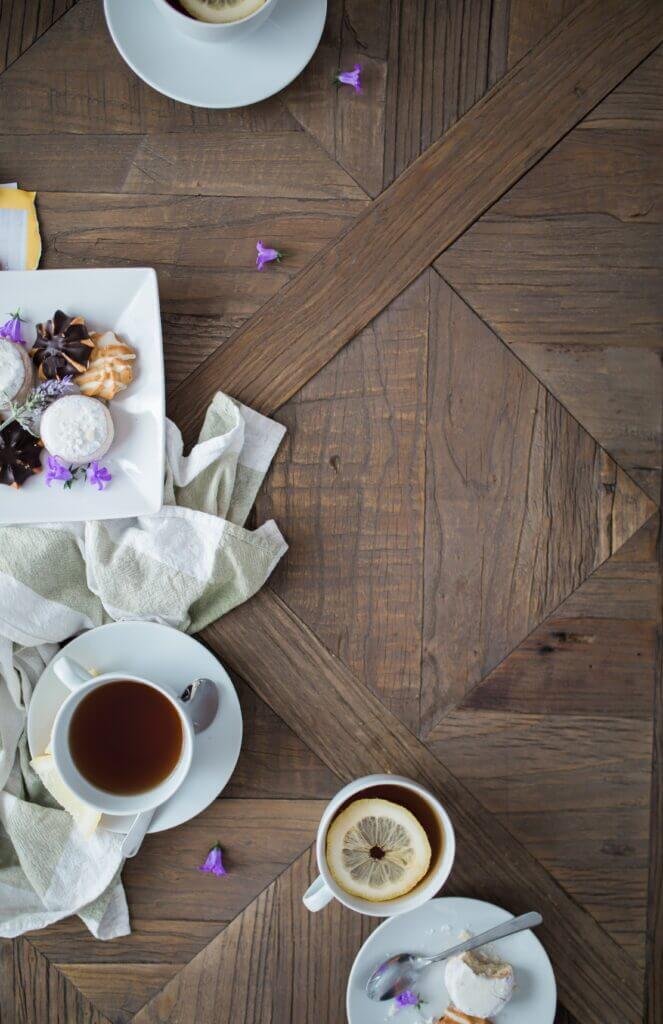Have you ever wondered how cold brewing specialty tea is done? Well, you’re in luck! In this article, we will be unraveling the fascinating process of cold brewing specialty tea. So grab a cup of your favorite brew, sit back, and get ready to discover the secrets behind this refreshing and invigorating method of making tea. Whether you’re a tea connoisseur or just looking to try something new, you won’t want to miss out on this exciting journey into the world of cold brewing specialty tea.
What Is The Process Of Cold Brewing Specialty Tea?
If you are a tea lover looking for a refreshing and unique way to enjoy your favorite beverage, cold brewing specialty tea is a must-try. Unlike traditional hot tea brewing methods, cold brewing involves steeping tea leaves in cold water for an extended period of time. This method creates a smooth and mellow flavor profile, without the bitterness or astringency that can sometimes accompany hot brewing. In this article, we will guide you through the step-by-step process of how to cold brew specialty tea, so you can enjoy a perfectly chilled and delicious cup every time.

Choosing the Right Tea
The first step in cold brewing specialty tea is selecting the right tea for the job. While almost any type of tea can be cold brewed, certain varieties are particularly well-suited for this method. For a refreshing and delicate flavor, consider trying green tea or white tea. If you prefer a bolder and more robust flavor, black tea or oolong tea would be excellent choices. Herbal teas, such as chamomile or peppermint, can also be cold brewed to create a soothing and caffeine-free beverage. Whichever tea you choose, make sure it is of high quality, as the cold brewing process allows for the full flavors and aromas of the tea leaves to shine.
Measuring the Tea Leaves
Once you have chosen the tea you would like to cold brew, the next step is to measure out the appropriate amount of tea leaves. As a general guideline, you should use 1 to 2 teaspoons of loose tea leaves per 8 ounces of water. However, feel free to adjust the amount based on your personal preference and the strength of flavor you desire. For larger quantities, you can increase the ratio accordingly. It’s important to note that cold brewing requires more tea leaves compared to hot brewing, as the extraction process takes longer.

Preparing the Water
After measuring the tea leaves, it’s time to prepare the water for the cold brewing process. The quality of the water greatly affects the taste of the final product, so it is advisable to use filtered or bottled water to avoid any unwanted flavors. Fill a clean container with cold water, leaving enough space for the tea leaves to expand. It’s important to note that the water-to-tea ratio can vary depending on the desired strength of your brew. If you prefer a stronger tea, opt for a higher tea-to-water ratio. However, for a lighter and more subtle flavor, decrease the amount of tea leaves accordingly.
Choosing the Brewing Vessel
Selecting the right brewing vessel is crucial to ensure the optimal infusion of flavors. While there are specific cold brew systems available on the market, you can also use a mason jar, French press, or any container with a lid. The key is to choose a vessel that is easy to handle and has a tight-fitting lid to prevent any unwanted air exposure that may alter the taste of your tea.

Adding Tea Leaves to the Vessel
Now that you have prepared the water and selected the brewing vessel, it’s time to add the tea leaves. Carefully pour the measured tea leaves into the vessel, ensuring that they are evenly distributed. Avoid overcrowding the vessel, as this may result in an uneven extraction of flavors. Gently shake or stir the leaves to ensure they are fully immersed in the water.
Adding Cold Water
With the tea leaves in place, slowly pour the prepared cold water into the vessel. Be mindful not to overfill the container, as the tea leaves need space to expand and infuse properly. It’s recommended to leave a small gap between the water level and the lid to allow for the expansion of tea leaves during the brewing process.
Infusing the Tea
Once the tea leaves and cold water are combined, it’s time to let the magic happen. Securely close the lid of the brewing vessel and place it in the refrigerator. Cold brewing is a patient process, and it is advisable to let the tea steep for at least 4 to 8 hours, or overnight for stronger flavors. This extended steeping time allows for a gradual release of flavors and results in a smoother and less bitter tea.
Straining the Tea
After the designated steeping time has passed, it’s time to strain the tea and separate the leaves from the liquid. Using a fine-mesh strainer or a tea infuser, carefully pour the cold brewed tea into a separate container, ensuring that no tea leaves or particles remain. If you prefer an even cleaner and more refined cup of tea, you can use a coffee filter or cheesecloth to strain the tea more thoroughly. This step is essential to achieve a clear and sediment-free final result.
Serving the Cold Brew
Now that you have successfully strained the cold brewed tea, it’s time to enjoy your creation. Cold brewed specialty tea can be served over ice for a refreshing and chilled experience. If desired, you can also add a splash of lemon or sweeten it with a hint of honey, agave, or your preferred sweetener. This method of brewing enhances the natural flavors of the tea leaves, creating a rich and aromatic cup of tea that can be savored at any time of the day.
Storing Leftover Tea
If you have any leftover cold brewed tea, it’s essential to store it properly to maintain its freshness and flavor. Transfer the tea into a clean and airtight container, and store it in the refrigerator. Cold brewed tea can last for a few days to a week, depending on the type of tea used and personal preferences. However, it’s recommended to consume the tea within a couple of days to enjoy its full flavor potential.
In conclusion, cold brewing specialty tea is a delightful and refreshing way to enjoy your favorite blends. By carefully choosing the tea, measuring the right amount of tea leaves, preparing the water, selecting the appropriate brewing vessel, and following the step-by-step process, you can create a smooth and flavorful cold brew every time. Experiment with different tea varieties, ratios, and steeping times to find your perfect combination and unlock the true potential of cold brewed specialty tea. So go ahead, grab your favorite tea, and embark on this delicious journey of cold brewing. Cheers to a cup full of refreshing goodness!


